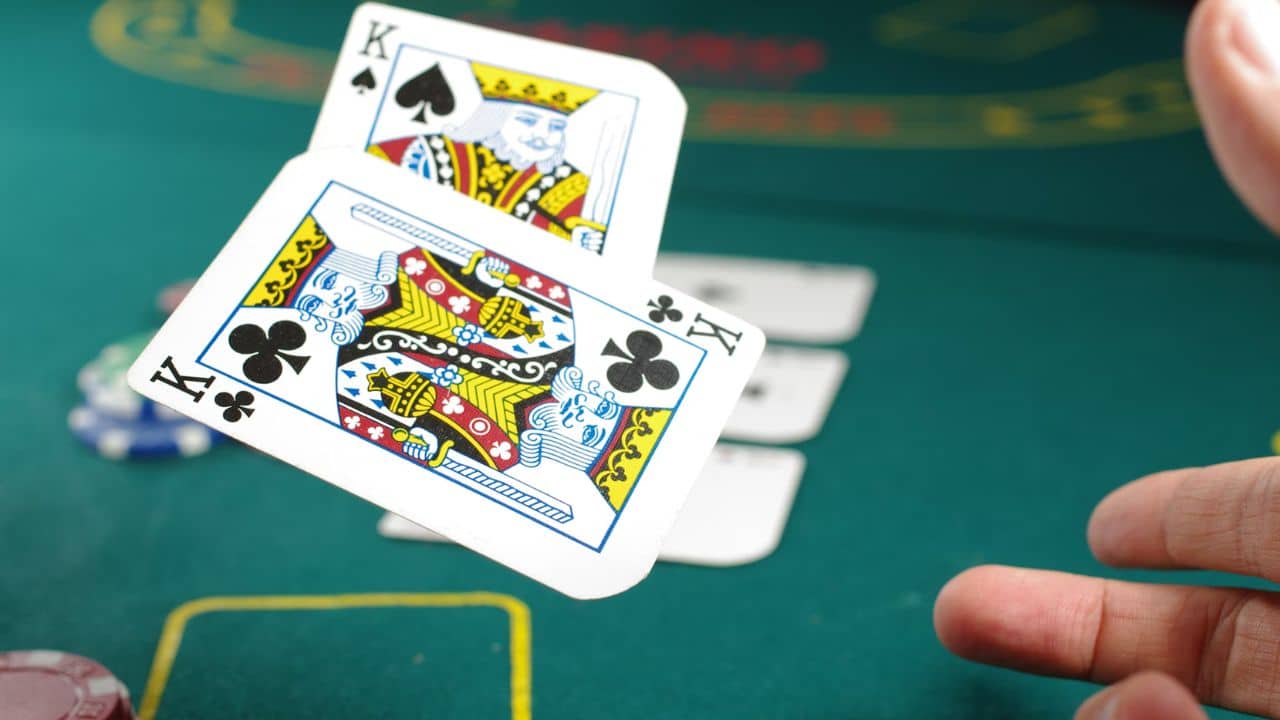Poker is a game where the impossible becomes reality. One moment, a player is on the brink of elimination. The next, they’re raking in chips and walking away a champion. Comebacks in poker aren’t just about luck—they’re about guts, strategy, and the sheer will to survive. These stories prove that no lead is ever safe, and no player is ever truly out until the final card hits the felt.
Johnny Chan’s 1987 WSOP Comeback
Johnny Chan’s 1987 World Series of Poker Main Event win was a showcase of elite strategy. Facing off against the relentless Stu Ungar, Chan was in deep trouble, down in chips and needing a miracle. But instead of panicking, he made a move straight out of a poker expert’s playbook.
On a crucial hand, Chan opted to discard a card—a risky but calculated decision that changed everything. This exact strategy is one recommended by Jeffrey McMillan at PokerScout where he recommends using it sparingly in five-card poker to create opportunities out of thin air.
The gamble worked. With a stronger hand and a keen read on his opponent, Chan flipped the momentum. From underdog to champion, he sealed his victory with a cold-blooded bluff that left Ungar stunned.
Chan’s win wasn’t just about strategy—it was about mental warfare. Ungar, known for his aggressive style, had no answer for Chan’s ability to adapt under pressure. Every decision, every discard, every read played a role in his legendary comeback. In the end, he walked away with the title, proving that sometimes, poker is just as much about knowing when to let go of a card as it is about knowing when to go all in.
Chris Moneymaker’s 2003 WSOP Shockwave
Chris Moneymaker’s win in the 2003 WSOP Main Event wasn’t just a comeback—it was a revolution. An online qualifier with zero live tournament experience, Moneymaker wasn’t supposed to stand a chance. But when he found himself heads-up against seasoned pro Sam Farha, he went all in—literally and figuratively.
Moneymaker’s fearless bluffing game rattled Farha, forcing the pro to fold a winning hand in one of the most legendary bluffs ever. That moment shifted everything. Moneymaker rode the momentum to an improbable victory, proving that raw nerve and online skills could take down the poker elite. His win sparked the poker boom, inspiring a generation of amateurs to chase the dream.
His story was the ultimate proof that the game was changing. Before 2003, poker was dominated by old-school players with years of live experience. But Moneymaker, an online player who had honed his craft in digital rooms, proved that the new breed of internet grinders could not only compete but dominate. His victory wasn’t just personal—it reshaped the future of the game.
Dan Harrington’s 1995 Survival Act
Dan Harrington didn’t just win the 1995 WSOP Main Event—he endured it. Stuck with a short stack late in the tournament, he was one bad beat away from busting. But Harrington, known for his tight and calculated play, didn’t panic. Instead, he waited for the right spots, picking his battles with surgical precision.
Hand by hand, he clawed his way back. When the final cards were dealt, he had turned a desperate situation into a championship win. His patience and discipline proved that in poker, sometimes the best comeback isn’t about flash—it’s about waiting for the perfect moment to strike.
What made his win even more impressive was the competition. Harrington faced a brutal field of some of the best poker minds of his era. Yet, he stayed calm, playing what would later be known as “Harrington’s tight-aggressive style.” His victory became a blueprint for controlled, methodical comebacks.
Phil Hellmuth’s 1989 Grit-Fueled Rally
Phil Hellmuth is known for his brash attitude, but in 1989, he let his cards do the talking. Down to a mere 1,000 chips at one point, he looked like a dead man walking. But Hellmuth thrives under pressure. With pinpoint bluffs and fearless aggression, he chipped away at the field, grinding his way back into contention.
Then came the final showdown against Johnny Chan. Hellmuth pulled off a gutsy bluff that forced Chan to fold, flipping the power dynamic instantly. Minutes later, he secured the win, becoming the youngest WSOP Main Event champion at the time. The “Poker Brat” had arrived, and he did it by refusing to back down.
Hellmuth’s win wasn’t just about poker—it was about attitude. He showed that confidence, even when the odds are against you, can be just as powerful as the cards you hold. His relentless belief in himself became a defining trait of his poker career.
Ted Forrest’s 2004 WPT Lazarus Moment
Ted Forrest was down to fumes at the 2004 World Poker Tour event, barely hanging on with a chip stack that seemed destined for destruction. But if poker has taught us anything, it’s that one well-timed move can flip everything.
Forrest started pulling off precise bluffs, making perfect reads, and playing like a man with nothing to lose. One double-up turned into another. Then another. By the time he reached the final hand, he had gone from the brink of elimination to champion. His comeback wasn’t just impressive—it was a reminder that in poker, it’s never over until the last chip is gone.
Forrest’s aggressive yet controlled play allowed him to dismantle opponents who had been dominating earlier in the tournament. His ability to recognize weaknesses in his opponents’ games was crucial. He didn’t just win—he outplayed, outthought, and outmaneuvered the competition.
Johnny Chan’s 1988 WSOP: The Art of the Bluff
Chan wasn’t done making history. In 1988, he found himself in another tight spot against Erik Seidel. With Seidel holding a stronger hand, Chan needed a move—and he found one.
Chan lured Seidel into a trap, making a slow-played bet that seemed weak. Seidel took the bait, pushing all in. That’s when Chan sprung the trap, calling instantly with the winning hand. The moment was so iconic it was later featured in the movie Rounders. Chan’s bluff was a masterclass in psychological warfare, proving that the best poker players don’t just play the cards—they play their opponents.










































